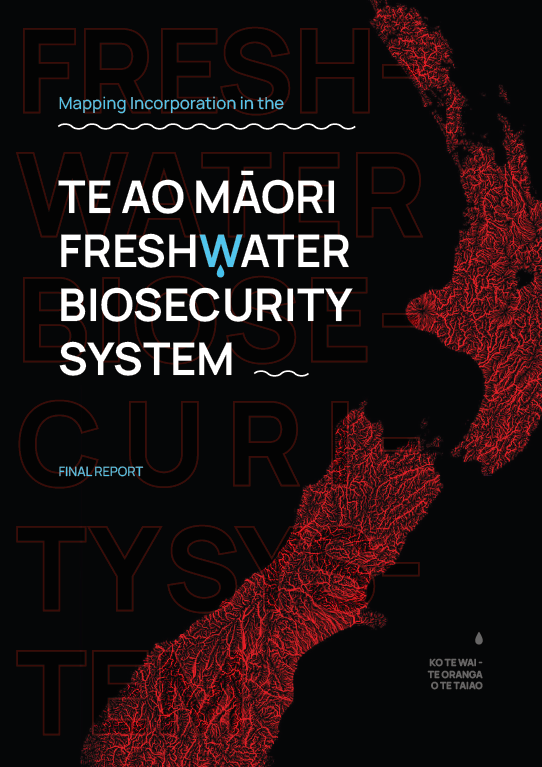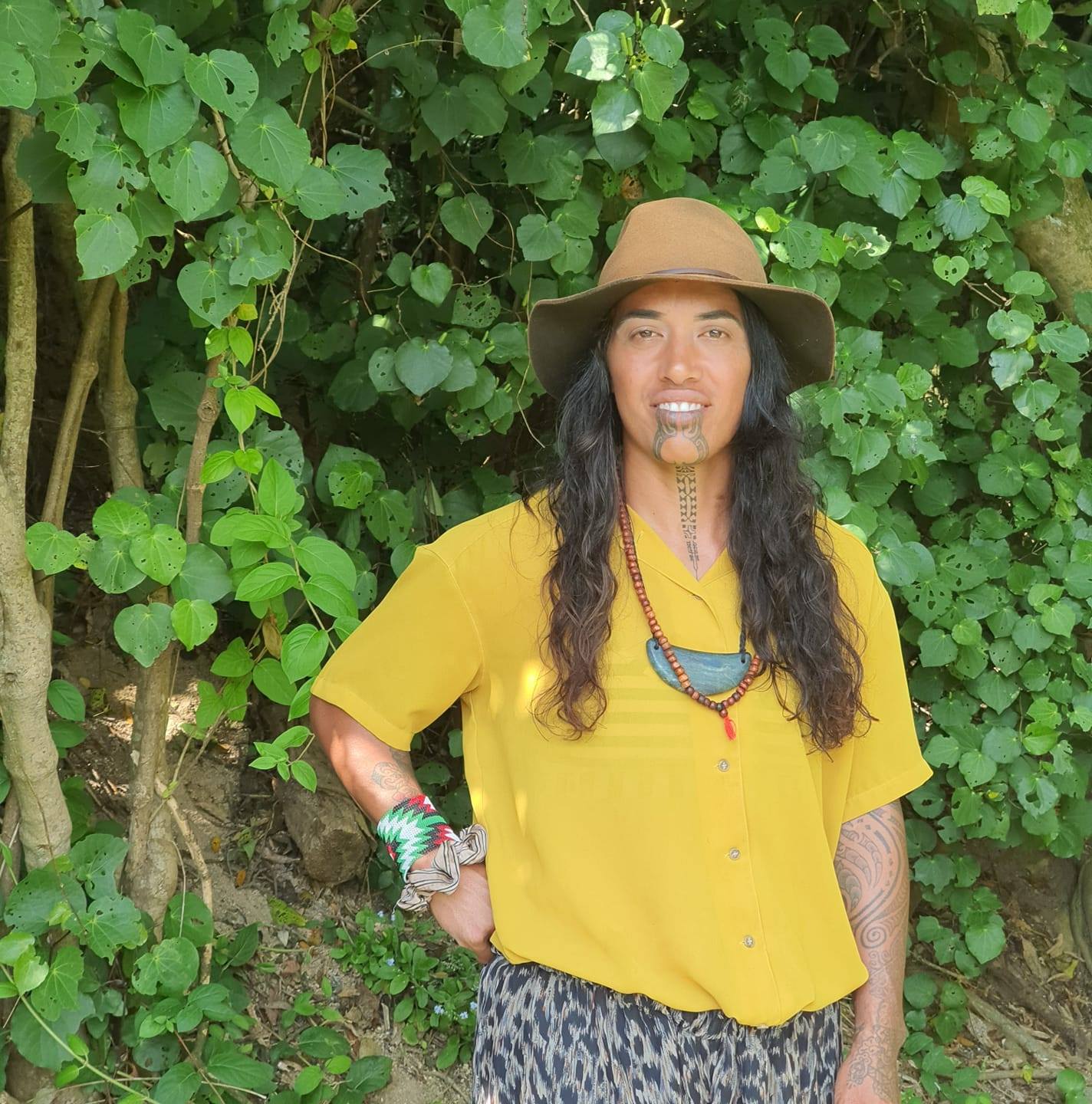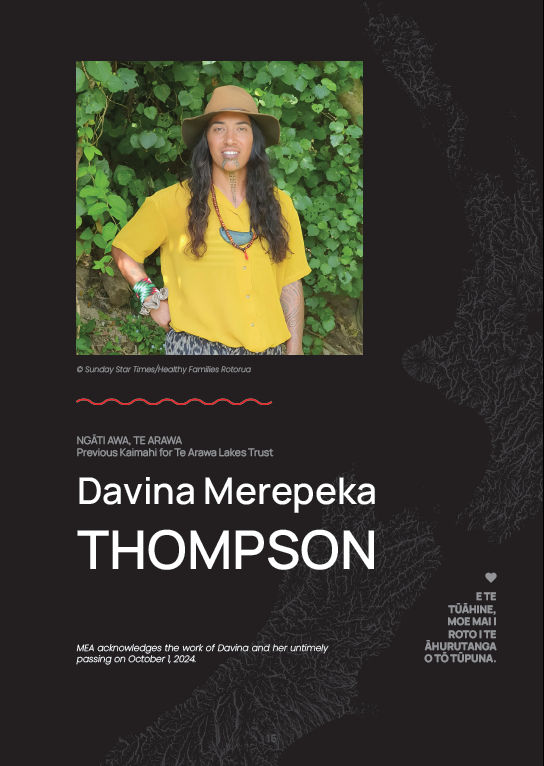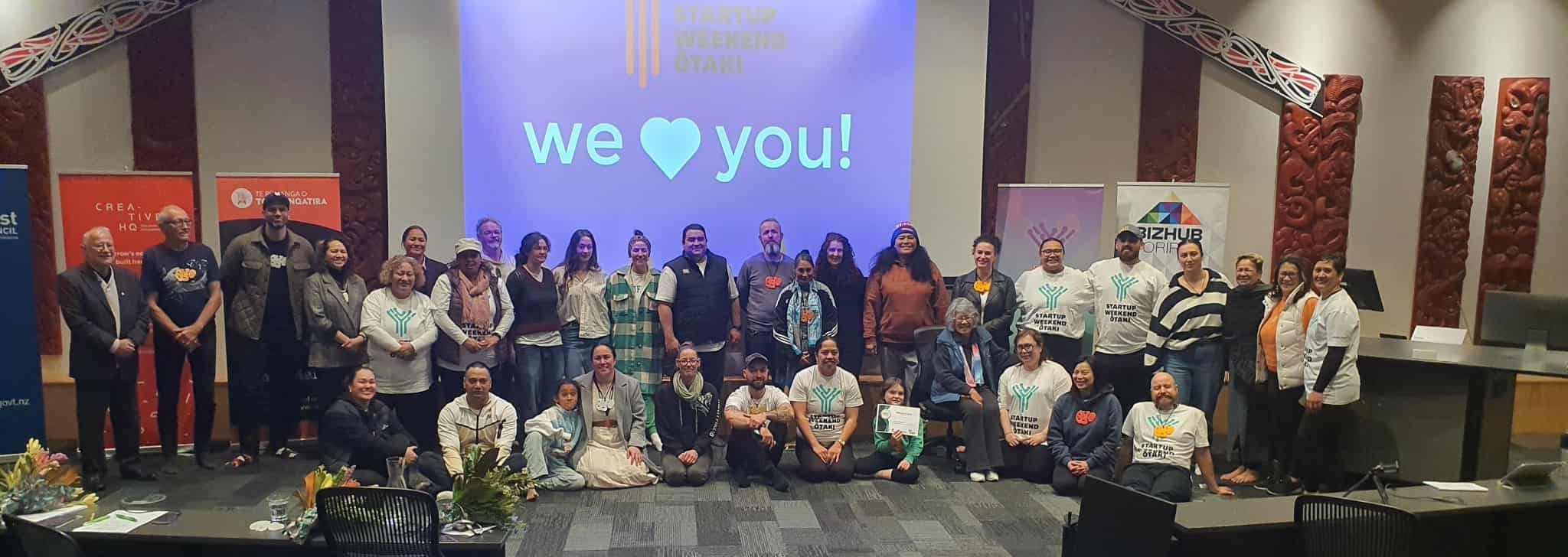Mapping Incorporation of Te Ao Māori in the Freshwater Biosecurity System
In partnership with the Department of Conservation, MEA released a powerful new report sharing nine case studies from across Aotearoa.
These stories map how Te Ao Māori is being woven into freshwater biosecurity systems, guided by the wisdom of whānau, hapū, iwi, and Māori experts on the frontlines of protecting our awa and taonga species.

From deep-rooted kaitiakitanga to bold new approaches, this kaupapa brings forward practical recommendations to shape a future where biosecurity supports, rather than sidelines, Indigenous knowledge.
Why it matters:
This is more than research. It's a call to honour mana whenua leadership and co-create systems that uphold the mauri of our wai.
Honouring Davina Merepeka Thompson: A Legacy of Māori Environmental Stewardship

E te tūāhine, Moe mai i roto i te āhurutanga o tō tūpuna.
Davina Merepeka Thompson (Ngāti Awa, Te Arawa) was a passionate environmental advocate who left an indelible mark on freshwater management. Through her work with Te Arawa Lakes Trust, she inspired others to manage freshwater pest species, drawing on her deep connection to the land and her research on maramataka (Māori lunar calendar).
Davina Merepeka Thompson (Ngāti Awa, Te Arawa) was a passionate environmental advocate who left an indelible mark on freshwater management. Through her work with Te Arawa Lakes Trust, she inspired others to manage freshwater pest species, drawing on her deep connection to the land and her research on maramataka (Māori lunar calendar).
Key Insights from Davina:
📌 Mātauranga Māori:
She demonstrated how ancestral knowledge, such as the maramataka, can guide modern environmental practices, especially in managing pests like Brown Bullhead Catfish (Ameiurus Nebulosus).
📌 Empowering Local Kaitiaki:
Davina stressed the importance of hiring local kaitiaki who understand the whenua and wai, arguing that their intimate knowledge leads to better outcomes.
📌 Visual Communication:
She advocated using visual tools, like photos and infographics, to make environmental data more accessible, especially for Māori communities.
📌 Employment Reform:
Davina called for Māori in environmental roles to work directly on the land and waterways, not just in offices, to protect and care for the environment.
Davina’s Recommendations:
✅ Hire local kaitiaki for culturally effective pest management.
✅ Integrate maramataka into environmental practices.
✅ Value mātauranga Māori alongside formal qualifications.
✅ Use visual tools for better community engagement.
✅ Educate the public on pest species and biosecurity.

Davina’s legacy highlights the importance of mātauranga Māori in environmental stewardship.
Her work calls for the integration of indigenous knowledge in freshwater management, fostering a future where Māori play a key role in protecting our taiao.
Read more about Davina’s story in the MEA website or download the report here:
About This Pānui Series
This is the first of nine pānui sharing insights from Mapping the Incorporation of Te Ao Māori in the Freshwater Biosecurity System. Each pānui will spotlight a different case study from the report featuring the voices, values, and visionary approaches of Māori leaders across Aotearoa.
Together, these stories weave a powerful narrative of how mātauranga Māori and kaitiakitanga are actively shaping the future of freshwater biosecurity.
Stay tuned over the coming weeks as we uplift each of these unique contributions to our taiao and our people.






.png)



.png)
